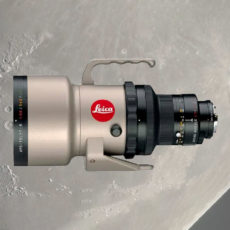
NASA / ESA’s Hubble Space Telescope has imaged NGC 5921 and its lazily winding spiral arms. It’s located approximately 80 million light-years from Earth, and similar to the Milky Way, contains a prominent bar, which affect their parent galaxies by fueling star formation as well as the motion of stars and interstellar gas. The galaxy’s serpentine spiral arms reside in the constellation Serpens in the northern celestial hemisphere.

Serpens is actually just one of the 88 modern constellations to be comprised of two non-contiguous parts — Serpens Caput (Serpent’s Head) and Serpens Cauda (Serpent’s Tail). These two regions are separated by Ophiuchus, the Serpent Bearer. On a related note, the brightest star in the Serpens constellation is the red giant star Alpha Serpentis, or Unukalhai, in Serpens Caput, with an alleged magnitude (m) of 2.63.
- POWERFUL REFLECTOR TELESCOPE: The Celestron AstroMaster 114EQ Newtonian telescope is a powerful and user-friendly reflector telescope. It features...
- NEWTONIAN REFLECTOR OPTICAL DESIGN: With a 114mm aperture, the AstroMaster 114EQ can gather enough light to see our Solar System and beyond. View...
- EASY TO SET UP AND USE: This is a great telescope for kids and adults to use together. It features a manual German Equatorial mount for smooth and...
The scientific study behind this image was also split into two parts — observations from Hubble’s Wide Field Camera 3 and observations from the ground-based Gemini Observatory. These two observatories joined forces to better understand the relationship between galaxies like NGC 5921 and the supermassive black holes they contain,” said the astronomers.






